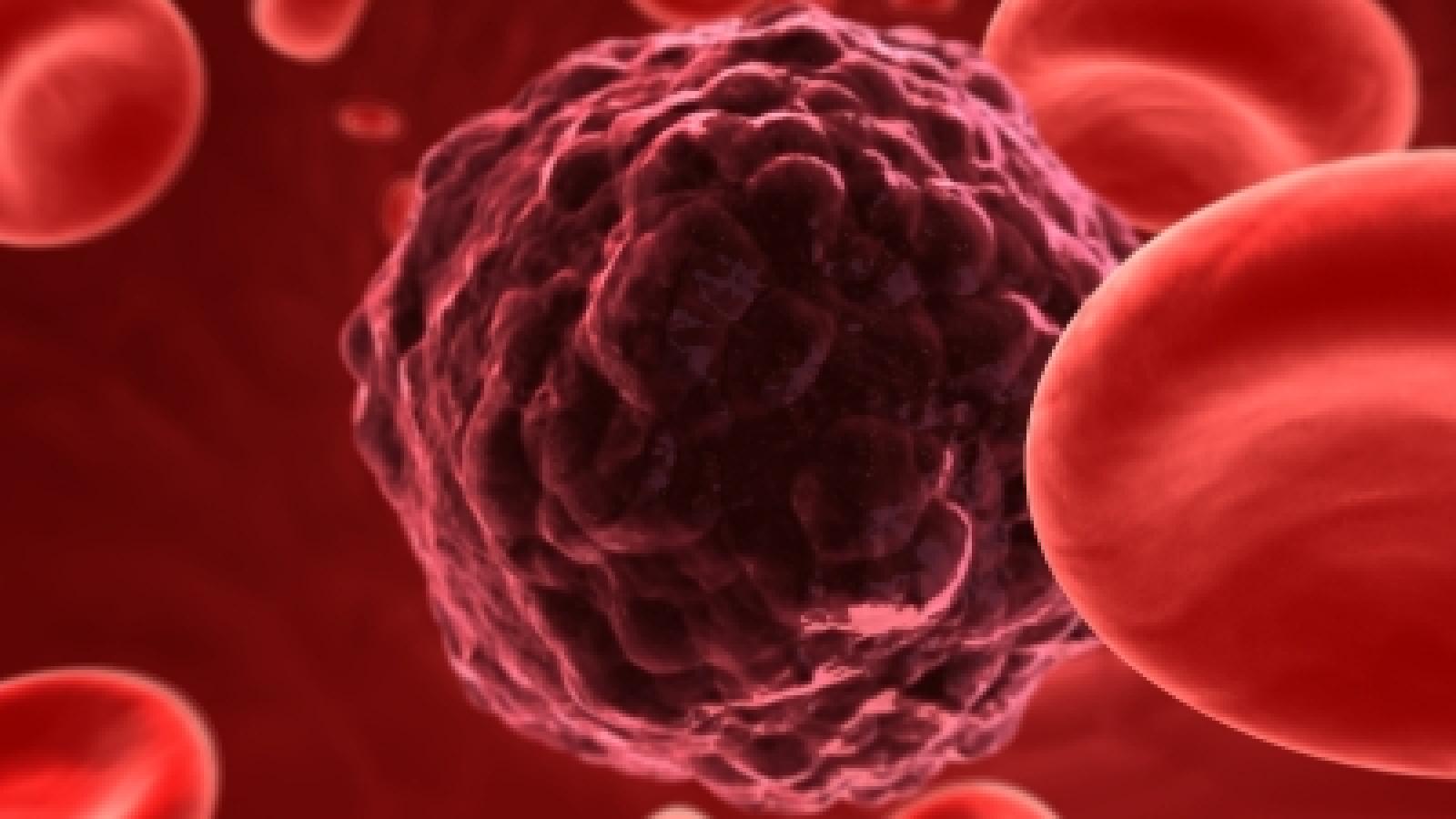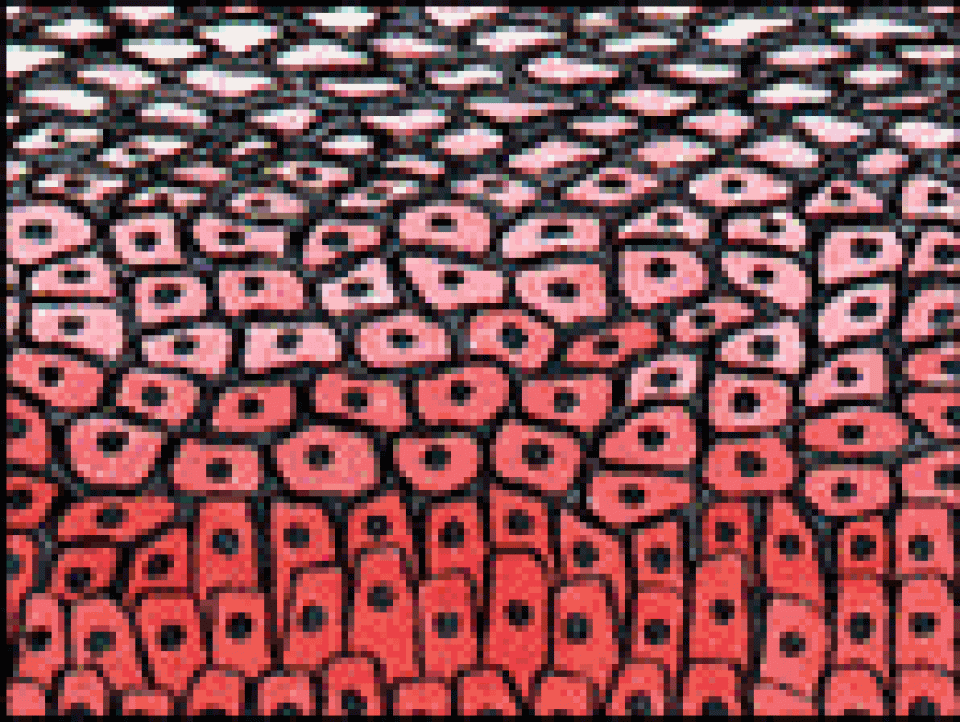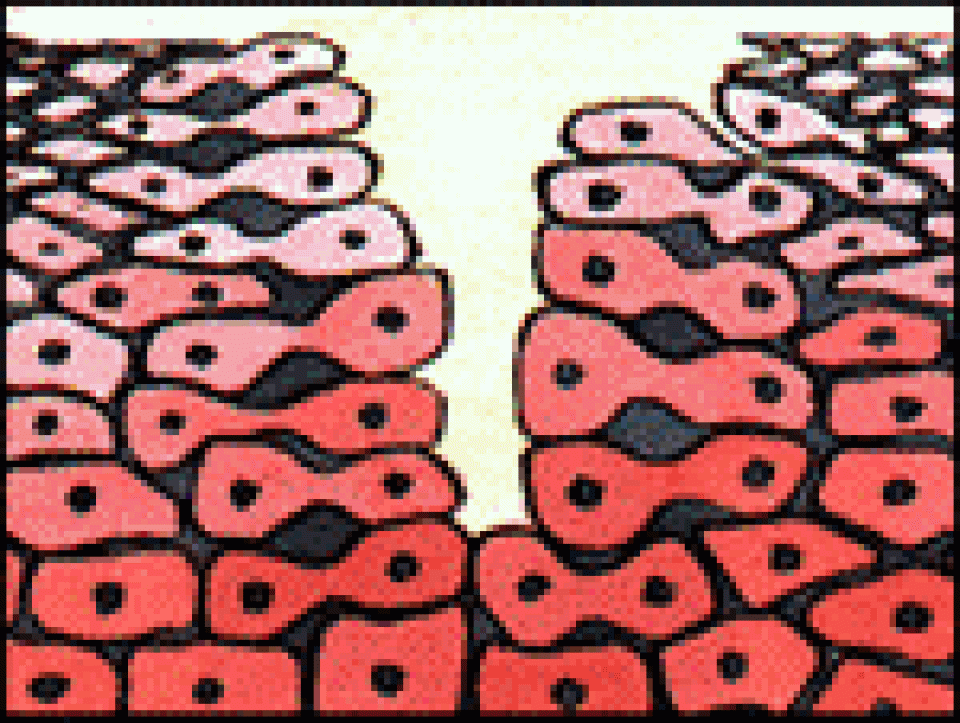What is cancer?

Cancer is a disease of the cells in our body. All the cells in our body are constantly growing, dividing, dying and being replaced in a controlled way. Cancer occurs when normal cells grow and change in an abnormal and uncontrolled way.
When groups of these cancer cells continue to grow, they can form a lump called a tumour.
Not all cancers cause a tumour. In blood cancers, such as leukaemia, abnormal blood cells grow out of control.
Cancer is generally named after the organ or cell where the disease starts. For example, lung cancer begins in cells in the lung.
Did you know? There are over 200 different types of cancer, each with a specific name, treatment and chance of being cured.
What all cancers have in common is the lack of normal cell growth, which can result in serious health problems.
What does a tumour do?
Tumours cause medical problems in two ways:
- Directly, by pressing on and damaging nearby organs.
- Indirectly, by breaking off and invading other distant tissues and organs.
How cells work
To better understand what cancer is and how it occurs, learn more about how cells grow and reproduce normally:

Normal cell organisation
Cell multiplication is normal. We all start life as just one single cell, the ovum, which is fertilised by sperm and begins to multiply, producing more cells.
These cells grow and mature to become nerve cells, muscle, blood cells or connective tissue (e.g. skin).

Groups of these different types of cells then come together to form our organs (eyes, ears, legs, lungs, skin, etc). Each of our organs is made up of many different types of cells and each cell has a particular function within that organ; the cells work in co-operation with each other to make the organ work effectively.
In the heart, for example, specific cells called cardiac muscle-cells pump blood. However, nerve cells are also located in the heart. These cardiac nerve cells are needed to conduct the electrical signals to produce each contraction (what causes the heart to beat).
Therefore, many different types of cells must work in co-operation with each other in order for an organ to work effectively.
Normal cell growth and repair
Occasionally, cells within an organ die off or wear out and new cells then replace them. This growth of new cells is a highly complex and tightly regulated process.

Tumours
With cancer, for one reason or another, the growth of new cells becomes faulty. When a cancer cell begins to grow, rather than just replacing the cells that have been damaged or lost, it multiplies out of control, taking over the organ.
In some cases the cancer cell grows so much it forms a mass of cells called a tumour.
This tumour can cause health problems by blocking internal ducts, or by pressing against other organs, preventing them from working properly.
Benign and malignant tumours
Tumours can be either benign or malignant:
Benign tumours are not cancerous. They can cause problems in the organ where they occur, but they do not spread. These tumours may be removed surgically or treated with drugs and/or radiation to reduce their size.

Malignant tumours are cancerous. Cells from the original tumour can sometimes spread. This spread happens in three ways:
- By direct extension, where the cells grow into nearby organs
- By the lymphatic system, where cells from the original tumour break off and enter the lymph canals
- By the blood stream
Types of cancer
Carcinoma
Carcinomas are malignant tumours that grow from cells lining the surfaces of the body. For example, a cancer of the lining of the stomach is called a carcinoma, as is cancer arising from cells lining the breast ducts. These are often just called cancers.
Sarcoma
Sarcomas are malignant tumours that arise out of cells in the supporting structures of the body (e.g. bone, muscle and cartilage).
Blood cancers
With blood cancers like leukaemia, lymphoma and myeloma abnormal blood cells build up in the bone marrow or blood. This can affect the way your body normally works and cause symptoms.
For more information
Phone
1800 200 700



